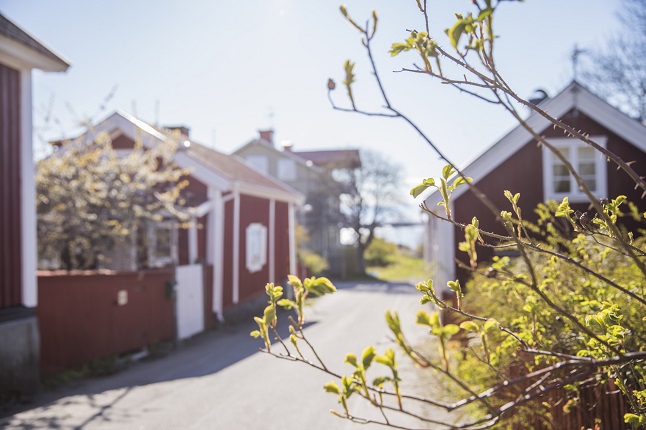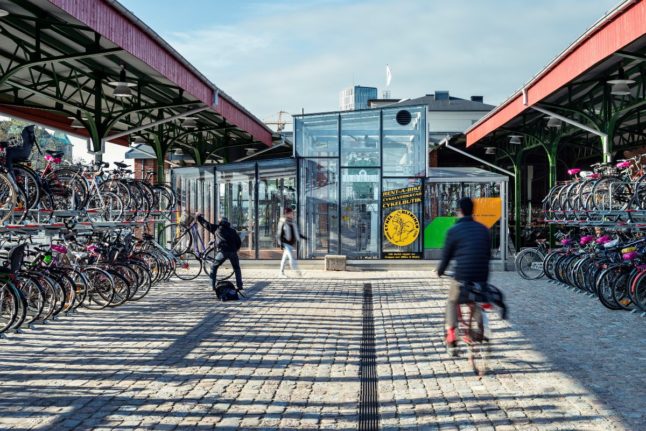Occasionally you may be required to prove that you are legally resident in Sweden, rather than a visitor.
Personal number
The simplest way to prove your identity is if you have a Swedish social security number, called a personnummer. This is issued to everyone who is registered in the Swedish population register, including non-citizens, and it’s a code you’ll use for everything from supermarket loyalty cards to bank accounts to contact with authorities.
To prove you have a personnummer, you can download or print out your personbevis, an extract from the population register, from Skatteverket’s website.
There are different kinds of certificates you can download depending on who you need to prove your residence to, and this can be done instantly as long as you are in the register. If you need it to be stamped and signed, you’ll have to order it to be posted to you which will take longer.
Once you have a personnummer, you can also apply for a Swedish ID card if you choose to.
This is also done in person at Skatteverket, and requires paying a fee of 400 kronor. The process generally takes a few weeks following your appointment.
- Quiz: Should you buy or rent your home in Sweden?
- Eight things that are free or cheap in Sweden (yes, really)
Without a personnummer: Non-Europeans
If you move to Sweden from outside the EU, there’s a lot of official paperwork required.
Before arriving in Sweden for a stay of more than three months you will either need a permit – a visitor’s residence permit for trips of over three months, a work permit if you’re moving for work or a residence permit if you’re moving for family, studies or research. These need to be arranged before you travel to Sweden, and you’ll receive a residence permit card if you are granted a residence permit, which can then be used to show that you’re a resident of Sweden.

Without a personnummer: EU citizens
As an EU citizen, freedom of movement means you have the right to travel, live and work in any EU country, so it’s rare that you’d need to prove which country you’re a resident of. In most cases, your EU passport will be enough to show you have the right to live in Sweden.
But in situations where it is necessary, it is harder if you don’t have a personnummer – which may be the case if you’re very new, or don’t meet the criteria for long-term right of residence, for example if you move as a jobseeker.
If you need to show that you’re a resident of Sweden, you could use other forms of documentation, such as rental contracts, utility bills, or an employment contract.



 Please whitelist us to continue reading.
Please whitelist us to continue reading.
Member comments